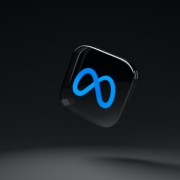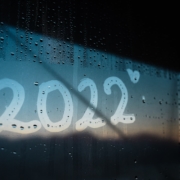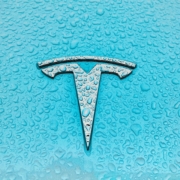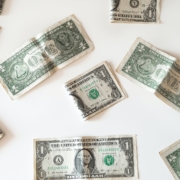The CMO as Confusing Mess Organizer
It is well documented that a Chief Marketing Officer has a relatively short shelf life. This is not due to the irrelevance of the job. In fact, the CMO is ever more important today. The problem with the Chief Marketing Officer is the job description.
The job description has become very complex and confused. This is not due to the effects of coronavirus alone. The shifts in technology, data amassment, smart devices, channels and personalization have upended the role of the CMO.
Things are so confounding that three different marketing/CMO reports from Deloitte, the global business services enterprise, provide fifteen different responsibilities, trends or must-do’s for CMO’s.
This is not to say that the Deloitte reports are not insightful. These reports are instructive about our new age of brand-business marketing. It is critical that CMOs manage the myriad channels and technologies that deliver the brand to customers in ways that customers want. But, the more the CMO has to diversify away from building and maintaining great, powerful brands, the weaker marketing and the brand-business become.
What the reports show are the various activities in which CMOs must participate. The reports reveal the role of the CMO to be a jack-of-all-trades, a conductor and a ringmaster.
The fragmentation of marketing is forcing the Chief Marketing Officer to be a coordinator of multi-media messages; a manager of mini moguls who have staked out their spheres of influence. This CMO role is to be the uber-manager of “…digital transformation, proving marketing’s value, diversity, equity, inclusion” efforts. CMO’s are supposed to “… oversee marketing analytics, manage customer data, create connected experiences (know-me-know-my history), manage customer-led privacy (give-me-control-of-my data), be agile and make sure the AI is empathetic….”
CMO’s are supposed to promote the brand’s social, environmental credentials (purpose), be inclusive, hire people with analytical skills, figure out how to manage data collection without cookies, make sure all customer experiences are delivered in a personalized manner, make sure that these experiences cover both physical and digital channels while predicting customer behavior in order to deliver holistic experiences. The CMO is the digital transformation leader, the personalized customer experience leader, the leader of customer-focused data capture and usage, and the customer data privacy captain.
An exhaustive list.
Perhaps this umbrella-like, far-reaching agenda of necessary must-haves and must-do’s is why the lifespan of a CMO’s tenure is so short. The CMO role is now tasked with organizing the confusing mess of far-ranging, multi-functional responsibilities.
Based on the detailed information from the three Deloitte reports, the CMO should be one of the more valued individuals within the organization. The CMO should be the leading C-Suite influencer encompassing the entire customer experience.
And, yet, as reported by Deloitte, the CMO still has to prove that there is monetary value within brand-business marketing. While attending to all of these important activities, the CMO must prove that brand-business marketing is an investment not a cost.
Meeting the challenges of today’s brand-business environment is exciting. The CMO is now charged with some of the most topical functions for steering brand-businesses within the enterprise. However, at the same time, the role of CMO is becoming the dumpster for an array of activities not focused on being the voice of the customer to the enterprise nor on creating a customer-focused brand-business aimed at profitably satisfying customer needs and problems.
Let’s be clear: all of these new tasks are important for driving the business. But, an enlightened C-Suite knows that the CMO must not relinquish the responsibility of leading the understanding, articulating and activating of great trustworthy, quality brand promises for enduring profitable growth. Nothing valuable can happen without knowing what the brand-business stands for in the eyes of the customer. Nothing valuable can happen without growing customer-perceived trustworthy brand-business value.
Channel-management and device-management are not the same as brand-business management. Being the chief in charge of organizing marketing’s mess is deleterious to the role of the CMO and to the brand-business.
Enterprises and consultants need to come to their senses. Brand-businesses need more than brand-business management: they need brand leadership. The organization and its brand-businesses need the CMO to be more than the manager of a confusing marketing mess. Brand-businesses need the CMO to drive the strategic customer-focused agenda, leverage the power of scale; increase the effectiveness, efficiency and agility of the brand-business; focus on brand-business priorities and innovation, leading towards enduring profitable growth… and they must do this with passion, persuasion, persistence, conviction, commitment and diplomacy.
The CMO must get back to being the business leader generating, supporting and activating a customer-driven focus within the organization. It is time to put the CMO back in business driving the development of high-quality-revenue customer-driven growth strategies.










